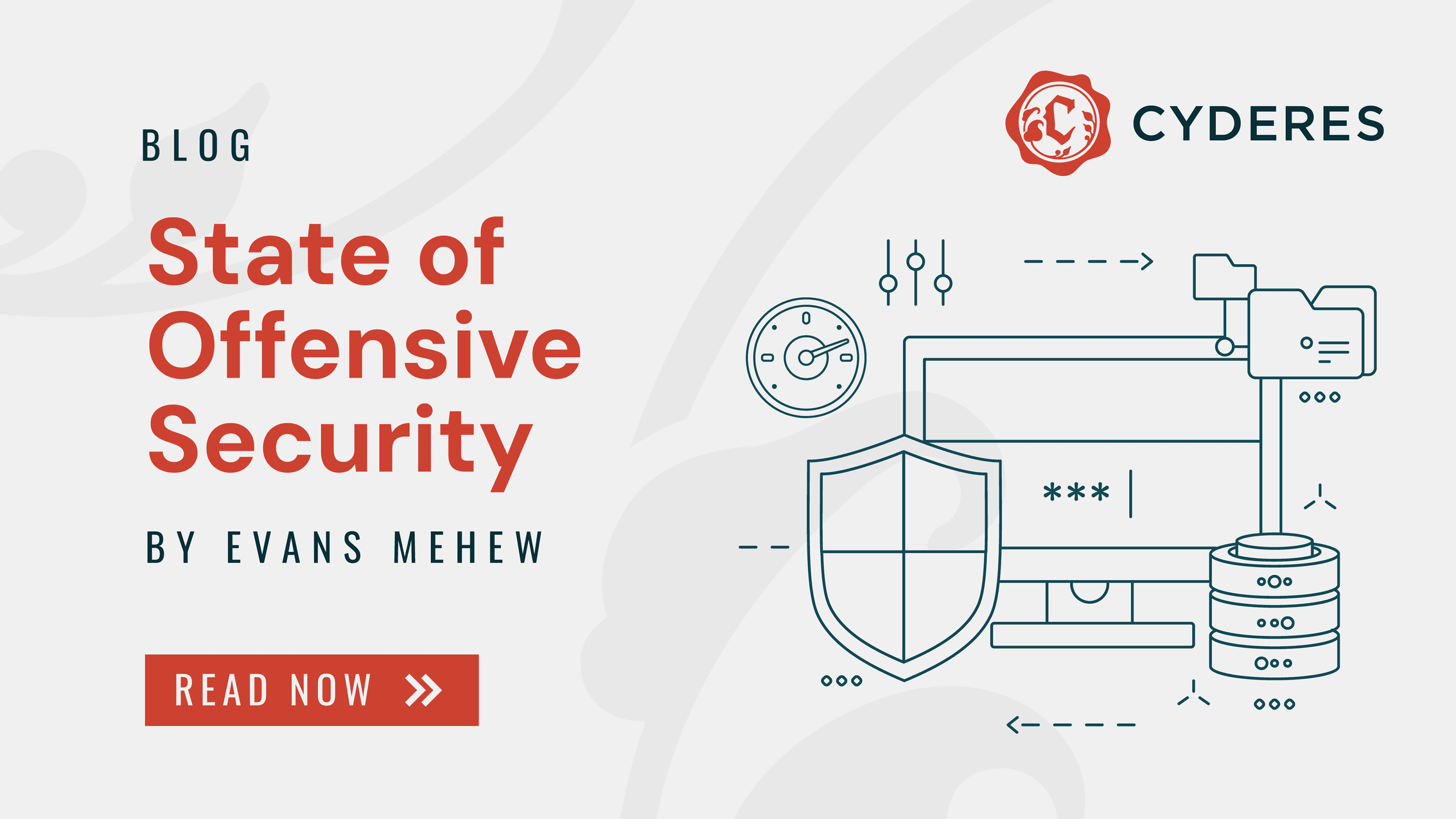Article contributed by Evans Mehew
Crystal balls are hard to come by, especially ones that see into the ever-increasingly complex world of cybersecurity. . . Which, y’know, touches anything and everything digital (and beyond, actually). Given that even baby diapers and wrenches are now internet-connected “smart” devices, the digital threatscape is expanding at a breathtaking pace, even if that expansion sometimes flies in the face of common sense.
Bottom line: there is no crystal ball at our disposal. Not even a Magic 8-Ball.
Although we don’t have second sight, we do have insight, standing firmly on a foundation of amassed experience and expertise.
So, what’s going down in 2024?
- One of the most striking trends in is the rise of sophisticated cyber-espionage campaigns orchestrated by nation-states/advanced persistent threats (APTs). Gone are the days of simple malware and ransomware attacks; instead, we are witnessing the deployment of highly targeted and stealthy techniques, often leveraging state-sponsored actors. These adversaries operate with patience and sophistication, aiming to infiltrate critical infrastructure, government agencies, and corporate entities. They have massive resources at their disposal and they know how to use them; deep pockets are a very important factor to consider.
- The increasing interconnectedness and vast expansion of our digital ecosystems (again, “smart” devices, e.g., IoT/OT technologies) have given rise to a new wave of attacks targeting supply chain vulnerabilities. Adversaries are capitalizing on the dependencies and connections between organizations, aiming to compromise one entity to gain a foothold into an adjacent, less secure and more lucrative target. This trend has forced cybersecurity professionals to adopt a holistic approach, emphasizing the importance of securing the entire supply chain.
- The weaponization of artificial intelligence (AI) and machine learning (ML) has become a hallmark of hacker tactics. Malicious actors are leveraging AI to automate and enhance various stages of cyberattacks, from social engineering, to reconnaissance, to evasion. This has created a challenging landscape for defenders, as AI-driven attacks greatly enhance adaptability and learning capabilities, making them particularly elusive.
- The dark web continues to be a thriving marketplace for cybercriminals, offering an overabundance of tools and services for those seeking to exploit vulnerabilities. In 2024, the illicit trade in zero-day vulnerabilities has reached new heights, providing attackers with potent tools to bypass conventional security measures. (Sidebar: for an amazing account of the origin and dynamics of the global zero-day market, read Nicole Perlroth’s “This is How They Tell Me the World Ends”. You’re welcome.) Additionally, the commodification of hacking expertise and the availability of hacking-for-hire services pose significant challenges for organizations striving to defend against highly determined adversaries.
- Social engineering, a timeless weapon in the hacker’s arsenal, has evolved into more sophisticated and targeted forms. Attackers are leveraging psychological profiling and data analytics to craft highly personalized phishing campaigns, now enhanced by AI tools. Further, vishing campaigns are now bolstered by leveraging AI-enabled voice cloning. These campaigns are not only technically convincing, but also emotionally manipulative, exploiting human vulnerabilities to gain unauthorized access to sensitive information and systems.
- As adversaries’ tactics advance and evolve, ethical hacking/penetration testing and red teaming have become integral components of organizations' cybersecurity strategies. The demand for skilled penetration testers and ethical hackers has surged, driven by the recognition that the best defense is a proactive offense. Companies are increasingly embracing the concept of continuous security testing, recognizing that close-to-real-time identification/patching of vulnerabilities is essential in this highly dynamic threat landscape. When conducted while leveraging the “attacker’s mindset” – emulating the motivation and tactics/MO of a given attacker or attackers – it greatly enhances the real-world effectiveness of the offensive exercise.
- Finally, the regulatory landscape surrounding offensive security is also evolving. Governments and international bodies are grappling with the challenge of creating legislation that effectively addresses the increasing sophistication of cyber threats. Striking a balance between preserving individual privacy and empowering law enforcement to combat cybercrime remains a delicate challenge on the global stage. Cybercrime and cyberwar respect no borders.
In summary: 2024 is characterized by the convergence of technological innovation, an undercurrent of geopolitical and economic tensions, and the relentless pursuit of well-heeled and incentivized adversaries.
Cyderes is ahead of this curve. Our Offensive Security practice launched six new, services in 2023 to address the threats and challenges at hand.
As we navigate the complex and ever-shifting terrain of cybersecurity, the need for collaboration, innovation, and a proactive mindset has never been more critical. The defenders of today must anticipate adversaries’ tactics of tomorrow, embracing a holistic approach to secure our collective digital future. Cyderes stands ready to help you defend your castle.
Ready to put these insights into practical action toward improving your ongoing security posture?
For more cybersecurity tips, follow Cyderes on LinkedIn and Twitter.



